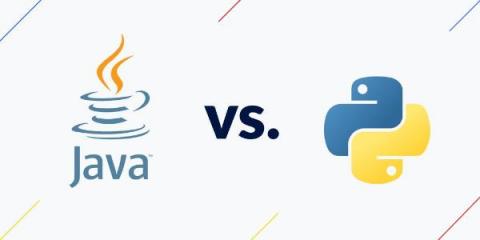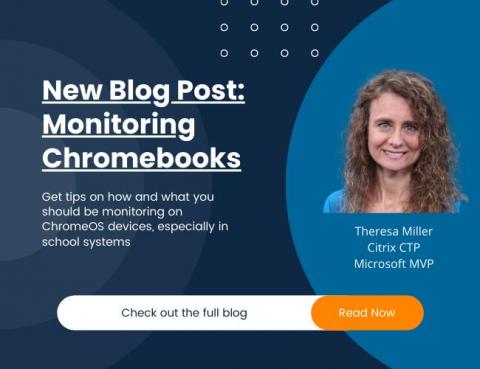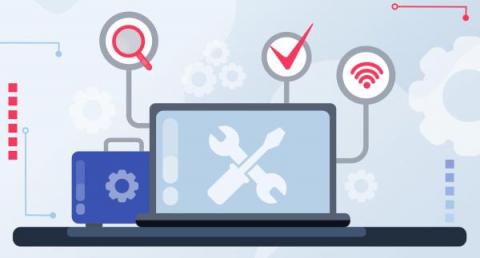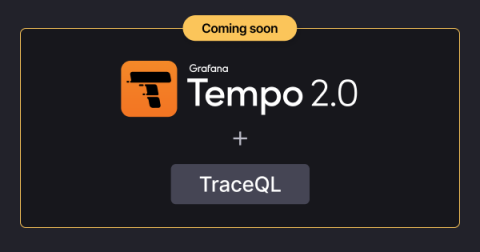Java vs Python: Code examples and comparison
As two of the most popular and practical languages out there, should you choose Java or Python for your next project? Is one of these languages a clear-cut better option? The answer is a long one. According to GitHub’s annual Octoverse report, Python has now climbed to the second most popular language in usage, pushing Java down to third place.











